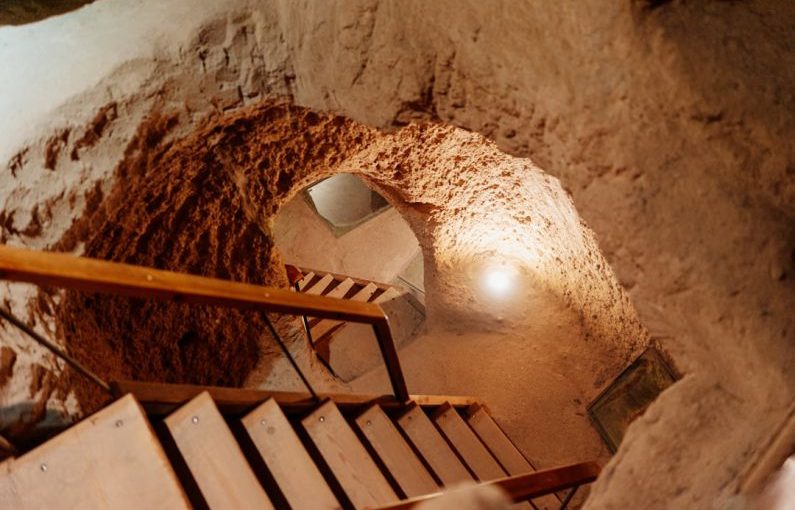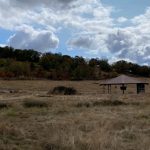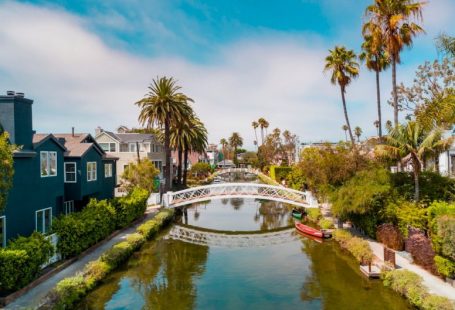Deep beneath the surface of Cappadocia in Turkey lies a hidden marvel that showcases the ingenuity and resilience of ancient civilizations – the underground city of Derinkuyu. Carved out of soft volcanic rock over 2,000 years ago, this subterranean labyrinth is an architectural wonder that offers a glimpse into the daily life and strategic thinking of its inhabitants. Let us delve into the depths of Derinkuyu and uncover the secrets of this fascinating underground city.
Unraveling the Mysteries of Derinkuyu
The Origins of Derinkuyu
Derinkuyu is believed to have been constructed during the Byzantine era, around the 8th to 7th centuries B.C. Its exact origins remain shrouded in mystery, with some theories suggesting that it was built by the Phrygians, while others attribute its creation to early Christians fleeing persecution. The sheer scale and complexity of Derinkuyu point to a highly organized society with advanced engineering skills.
Architectural Marvels
Spanning multiple levels that descend as deep as 60 meters below the surface, Derinkuyu is a marvel of underground architecture. The city features an intricate network of tunnels, passageways, staircases, ventilation shafts, and wells, all designed to support a thriving community. The precision with which the tunnels were excavated to accommodate living quarters, storage rooms, churches, and even stables is a testament to the craftsmanship of its creators.
Life in the Depths
Despite its subterranean location, Derinkuyu was a fully functional city that could house up to 20,000 people along with their livestock. The ingenious layout of the city ensured a steady supply of fresh air and water, thanks to its ventilation system and underground river. Living quarters were carved into the rock, complete with kitchens, bedrooms, and communal areas. Places of worship, such as churches with intricately carved crosses, reflect the religious practices of the inhabitants.
Strategic Significance
Beyond serving as a shelter for its residents, Derinkuyu was also a strategic stronghold in times of war or invasion. The city was equipped with massive stone doors that could be rolled into place to block entry points, effectively turning it into an impenetrable fortress. Its labyrinthine layout and hidden passages allowed for quick escapes or ambushes, making it a formidable defense mechanism against enemies.
Rediscovery and Preservation
Derinkuyu lay hidden for centuries until its rediscovery in 1963 during a renovation project. Since then, efforts have been made to excavate and preserve this remarkable site, offering visitors a rare opportunity to explore its depths and marvel at its architectural splendor. Guided tours now allow curious travelers to wander through the underground chambers and gain insights into the daily life of the ancient inhabitants of Derinkuyu.
Unveiling the Enigma
Derinkuyu stands as a testament to human innovation and adaptability in the face of adversity. Its existence raises intriguing questions about the motivations behind its construction and the societal dynamics that shaped its development. As we continue to unravel the mysteries of this underground city, we are reminded of the enduring legacy of those who carved out a thriving community in the depths of the earth.
In conclusion, the underground city of Derinkuyu is a captivating historical site that invites us to step back in time and witness the remarkable achievements of ancient civilizations. Its hidden chambers and winding tunnels tell a story of resilience, ingenuity, and strategic foresight that continue to intrigue and inspire visitors from around the world. Embracing the enigma of Derinkuyu allows us to appreciate the rich tapestry of human history and the enduring legacy of those who dared to build a city beneath the surface of the earth.





